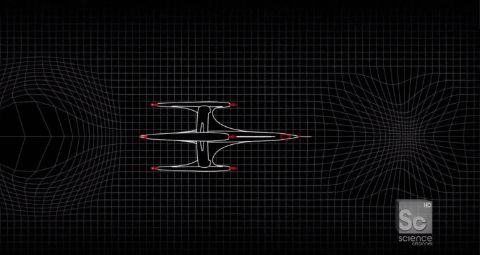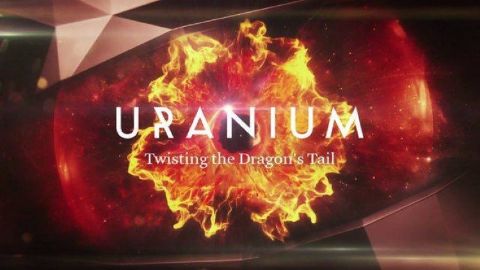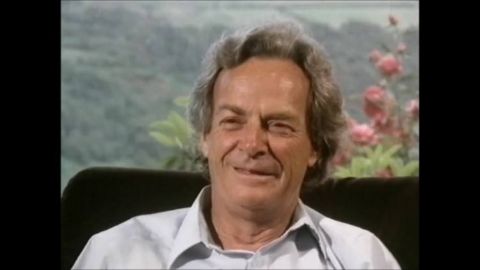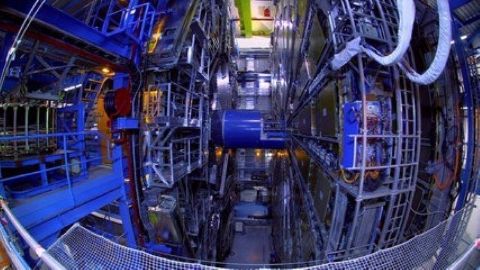What is the Universe Made Of? • 2016 • episode "S1E1" • The Ultimate Formula
For over a century, physicists have searched for a blueprint of the universe in the form of a single mathematical formula. This ultimate formula would explain the fundamental building blocks of the universe -– the elementary particles and the different forces that govern them. In their quest, physicists dedicated themselves to the pursuit of mathematical beauty but they were to be met with unexpected setbacks. The discovery of the Higgs boson in 2012 at last confirmed the Standard Model –- a culmination of the theories of various physicists that finally seemed to explain what this universe is made of. But is this where the story ends...? Using the latest computer graphics and interviews with Nobel Prize-winning physicists, we look at the fascinating and dramatic story of the search for the ultimate formula.
Make a donation
Buy a brother a hot coffee? Or a cold beer?
Hope you're finding these documentaries fascinating and eye-opening. It's just me, working hard behind the scenes to bring you this enriching content.
Running and maintaining a website like this takes time and resources. That's why I'm reaching out to you. If you appreciate what I do and would like to support my efforts, would you consider "buying me a coffee"?
Donation addresses
BTC: bc1q8ldskxh4x9qnddhcrgcun8rtvddeldm2a07r2v
ETH: 0x5CCAAA1afc5c5D814129d99277dDb5A979672116
With your donation through , you can show your appreciation and help me keep this project going. Every contribution, no matter how small, makes a significant impact. It goes directly towards covering server costs.







